***Please read the entry Iwo Jima: 1945 and Part 1 first***
Perhaps the most poignant part of the whole trip was our time on Mt Suribachi. There is a memorial to both the American and Japanese forces on top.

Here is the American Memorial on the top of Mt Suribachi. From wverything I have seen and read about the battle. The inscription is VERY apropos.
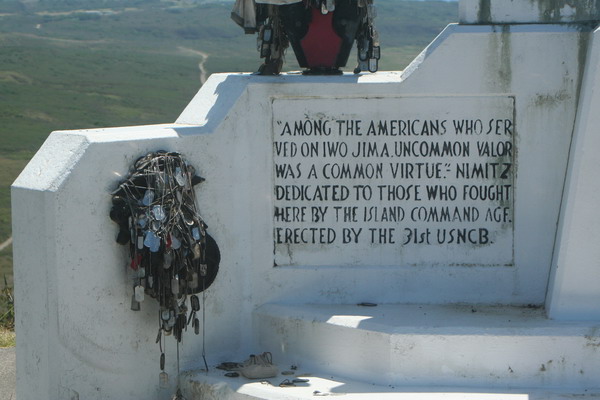
Here is the other side.
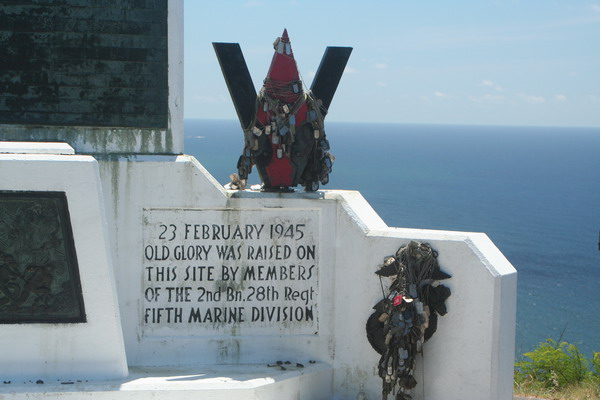
Many Marines (and other service members) have left tributes to those who have gone before. These dog tags are a very fitting tribute.
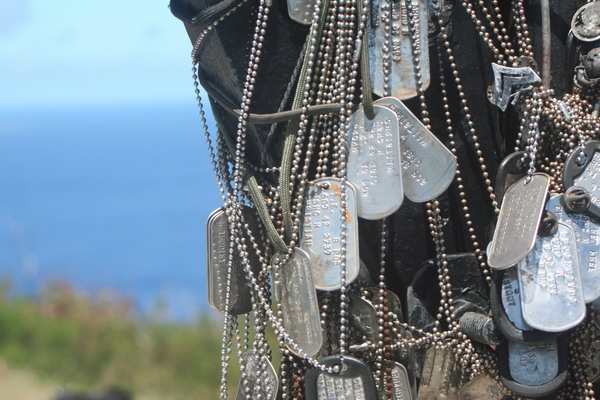
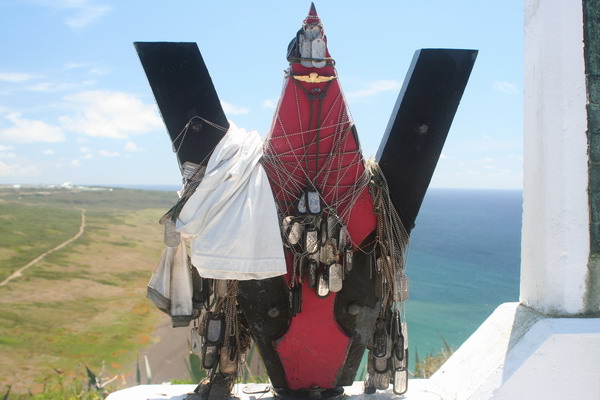
As you can see from this picture, everyone from a private to four
star general thought it appropriate to leave a bit of themselves behind on this small edifice.

An interesting story about the flag raising. Of course you know that there were two flag raisings on the summit of Mt Suribachi. The second (and famous) flag was raised by six people. Of that, three were killed soon after in action on Iwo Jima. Of the remaining three there is one person who actually raised both flags. In fact, he wasn’t even a Marine. He was a Navy Corpsmen. He was assigned as a hospitable corpsman to a Marine rifle company. His name is John Bradley and he’s from a little town in North-Central Wisconsin called Antigo. For his actions on Iwo Jima, he was awarded the Navy Cross (the second highest medal, after the Medal of Honor). Here is what the citation to accompany award reads:
“For extraordinary heroism in action against the enemy at Iwo Jima on Feb. 21, 1945 as a hospital corpsman attached to a Marine Rifle platoon. During a furious assault by his company upon a strongly defended enemy zone at the base of Mt. Suribachi, Bradley observed a Marine infantryman fall wounded in an open area under a pounding barrage by mortars, interlaced with a merciless crossfire from Machine guns.
“With complete disregard for his own safety, he ran through the intense fire to the side of the fallen Marine, examined his wounds and ascertained that an immediate administration of plasma was necessary to save the man’s life. Unwilling to subject any of his comrades to the danger to which he had so valiantly exposed himself, he signaled would-be assistants to remain where they were. Placing himself in a position to shield the wounded man, he tied a plasma unit to a rifle planted upright in the sand and continued his life saving mission.
The Marine’s wounds bandaged and the condition of shock relieved by plasma, Bradley pulled the man thirty yards through intense enemy fire to a position of safety. His indomitable spirit, dauntless initiative, and heroic devotion to duty were an inspiration to those with who he served and were in keeping with the highest tradition of the United States Naval Service.”
He survived the war (although injured in both legs a month after the invasion of Iwo Jima) and returned to put his life back together in Wisconsin. When he passed away in 1994, the following was written about him in an editorial in his hometown paper, “The Antigo Daily Journal”:
“John Bradley will be forever memorialized for a few moments action at the top of a remote Pacific mountain. We prefer to remember him for his life. If the famous flag-raising at Iwo Jima symbolized American patriotism and valor, Bradley’s quiet, modest nature and philanthropic efforts shine as an example of the best of small town American values.”
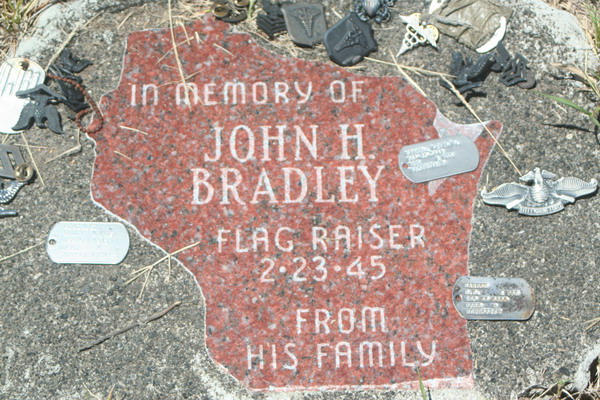
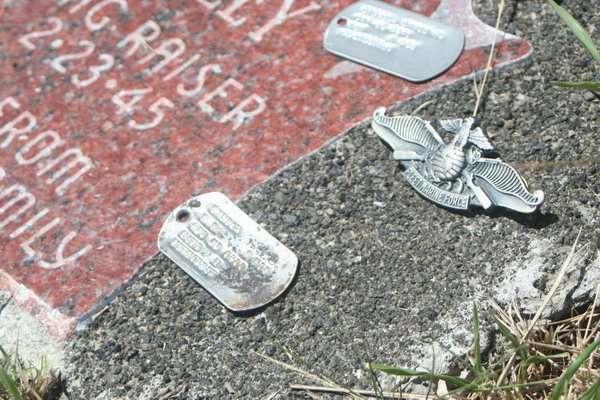
From the vantage point on the top of Mt Suribachi, it’s very plain to see how easy it was to wreak so much havoc on the American invaders. Here is what the invasion beach looks like:
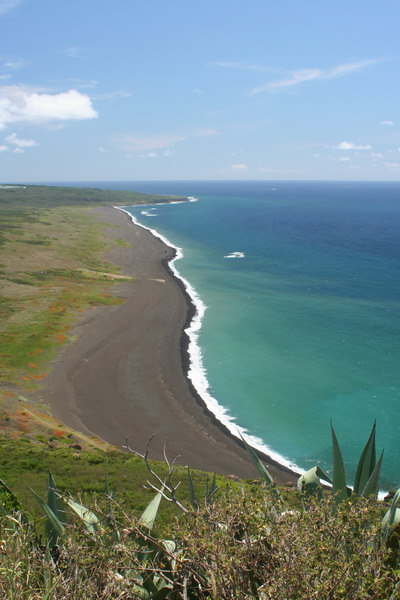
Here is the Japanese memorial to the island’s defenders.
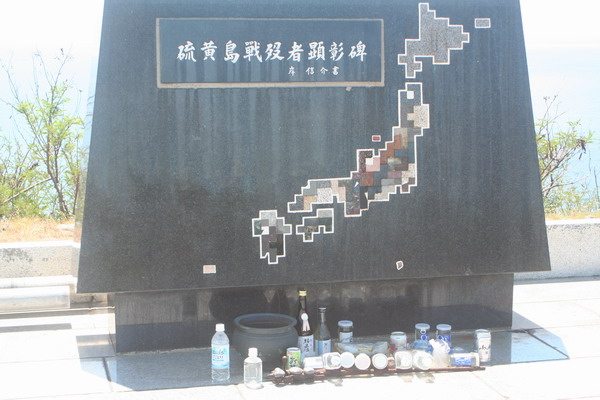
Yes, there are even some flowers there.
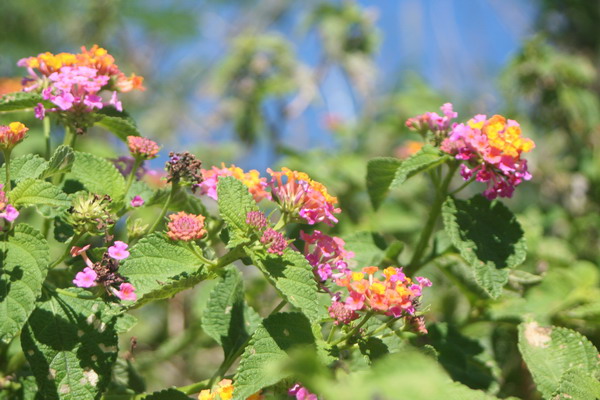
The group learning more about the history of the battle.
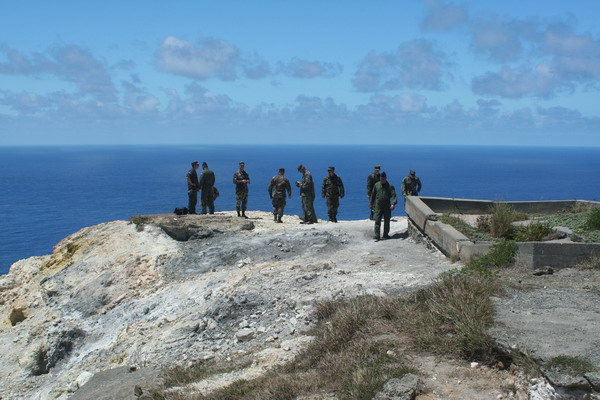
The volcano’s caldera.
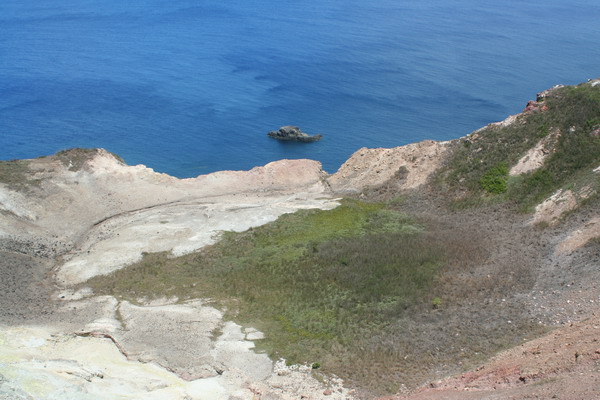
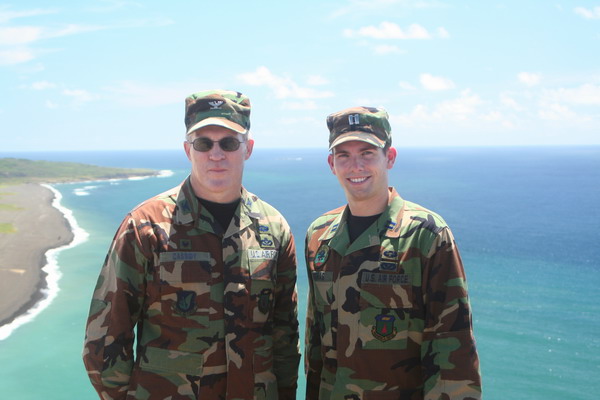
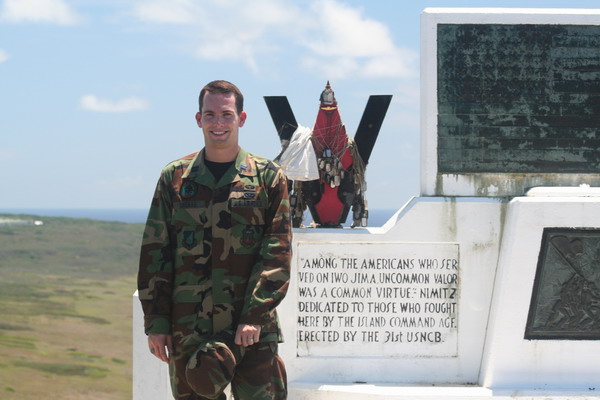
There are places where the wreckage from the invasion is still very visible. This is the alternate landing site for the invasion.
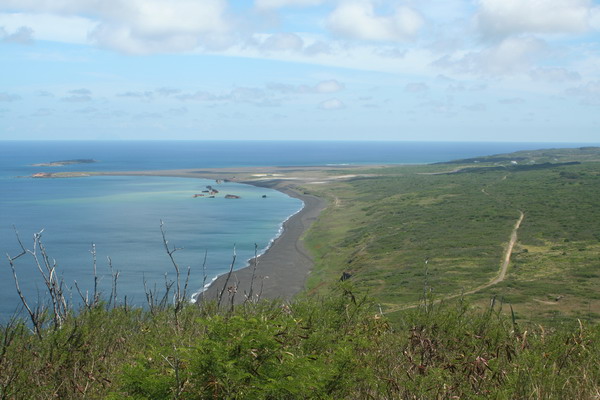
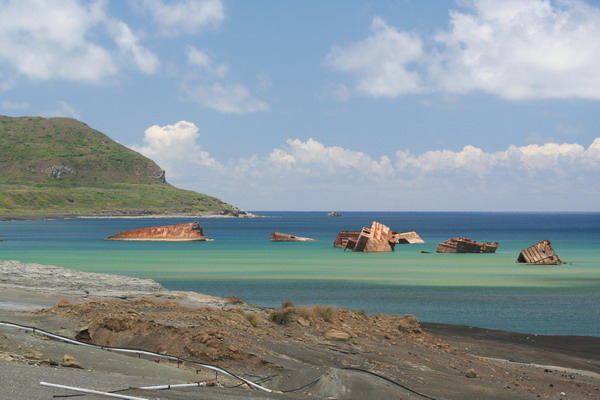
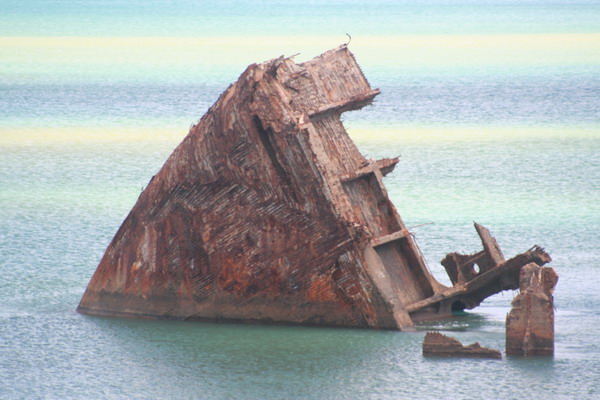
Before we left, I felt complelled to take this picture.
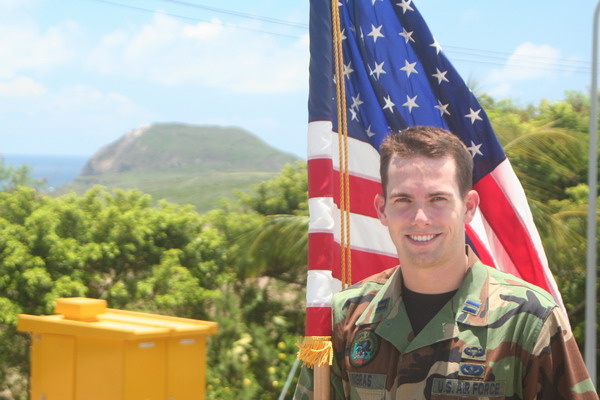
On our way back to Guam, we flew around the island twice and gave us a great perspective on the island we had just learned so much about.
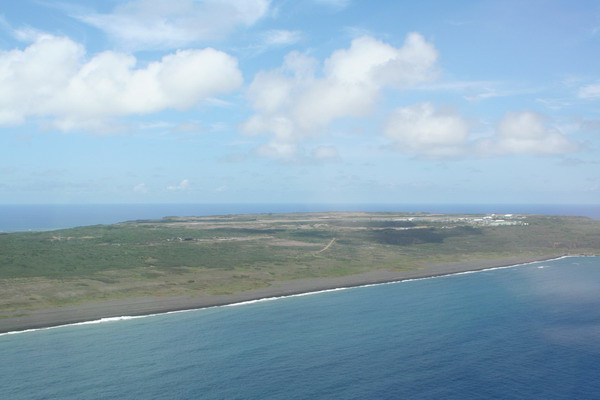
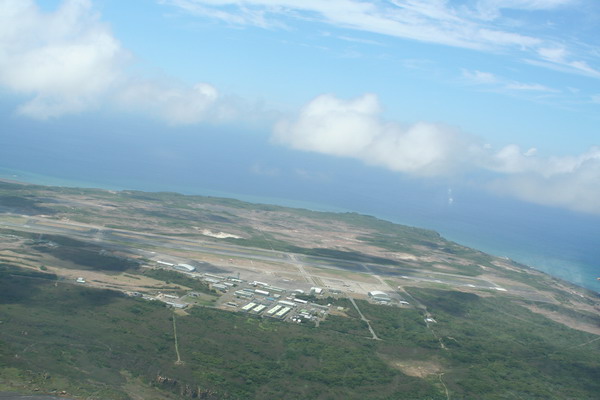
Mt Suribachi:
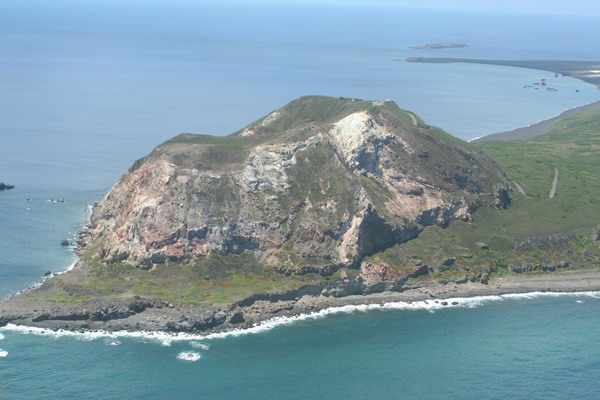
It’s one thing to read about Iwo Jima and its battle/implications. It is completely different to go and experience it for yourself. I can say this is one of the best pieces of my professional military education. I’m truly grateful for the opportunity to pay my respects to so many on both sides that gave the final measure of devotion.
–Jim
2 thoughts on “Iwo Jima: 61 years later (2006)–Part 2”
Comments are closed.

This page made me weep. The sight of dogtags and other things left behind reminded me of the Wall in DC, which makes me weep every time I see it and even think about it. Thank you for taking the time to share everything you did, Jim. As much as I’ve read and seen of Iwo Jima, I still learned much more today.
Jim
I really enjoyed the photos, and your comments about Iwo Jima. I am going on a tour of Iwo in March of this year. As an older Marine veteran, I am looking forward to visiting one of the places that was a defining moment in the history of the Marine Corps. I was not aware of the practice of leaving mementos at the memorial, I plan to take one of my dog tags to leave behind.
Thanks again and Semper Fi
Marty